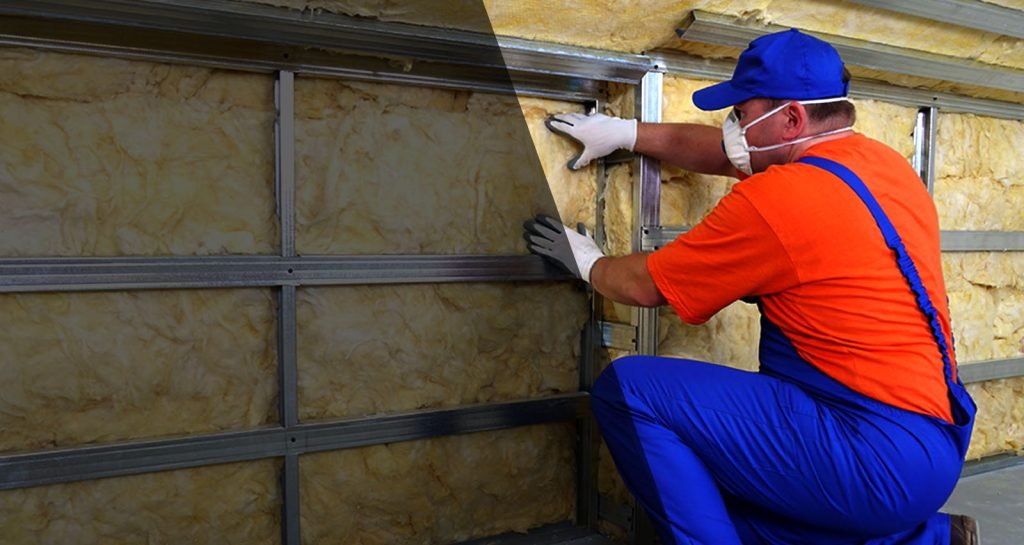
GALLERY
Attic insulation is crucial for improving energy efficiency, maintainingGallery comfortable temperatures, and reducing energy costs in your home. Proper attic insulation helps to prevent heat loss during the winter and keeps heat out during the summer, which minimizes the load on your heating and cooling systems.
Types of Attic Insulation
Fiberglass Batt Insulation: This is the most common type and Gallery comes in pre-cut panels. It’s easy to install and works well for attics with standard joist spacing. It is affordable and effective but may require careful installation to avoid gaps.
Blown-In (Loose-Fill) Insulation: Made from fiberglass or cellulose, blown-in insulation is ideal for attics with Gallery irregular or hard-to-reach areas. It is installed using a special machine that blows the material into place, filling gaps more effectively than batt insulation.
Spray Foam Insulation: Spray foam is a liquid that expands and hardens into an insulating layer. It provides a high R-value (a measure of insulation’s effectiveness) and seals air leaks. This option is more expensive but offers excellent energy efficiency and air sealing.
Rigid Foam Insulation: Rigid foam boards provide a high R-value and are often used in attics with limited space for insulation. These boards can be cut to fit and are useful for insulating attic doors and other areas that require solid material.
Benefits of Attic Gallery
- Energy Savings: Proper insulation can significantly lower heating and cooling costs by reducing the need for your HVAC system to work as hard.
- Improved Comfort: Insulation keeps your home’s temperature stable, making living spaces more comfortable year-round.
- Moisture Control: Insulation helps to reduce the risk of condensation and mold by maintaining a consistent temperature in the attic.
- Noise Reduction: Insulation can also help reduce noise from outside or from other parts of the house.
How to Choose the Right Insulation
- R-Value: The R-value measures the insulation’s resistance to heat flow. The higher the R-value, the more effective the insulation. The ideal R-value depends on your climate and local building codes.
- Climate Considerations: In colder climates, a higher R-value is recommended, while warmer regions may require lower R-values. The Department of Energy provides guidelines for recommended R-values based on location.
- Existing Insulation: If you already have some insulation in your attic, you may need to add more to meet energy efficiency standards. Inspect the current insulation and determine if there are any gaps or areas where it has deteriorated.
DIY vs. Professional Installation
- DIY: Installing batt or blown-in insulation can be a DIY project for those comfortable with home improvement tasks. Be sure to follow safety guidelines, such as wearing protective gear and sealing all air leaks before adding insulation.
- Professional Installation: For complex projects, such as spray foam insulation or attics with difficult access, hiring a professional is often the best choice to ensure proper coverage and maximum efficiency.
Maintenance and Inspection
- Inspect your attic insulation periodically for signs of wear, moisture damage, or pest infestation.
- Seal any air leaks in the attic floor, including around pipes, vents, and chimneys, before adding insulation to maximize effectiveness.
- Check for ventilation issues, as proper airflow in the attic is necessary to prevent moisture buildup.
Would you like information on a specific type of insulation or guidance on installation?
